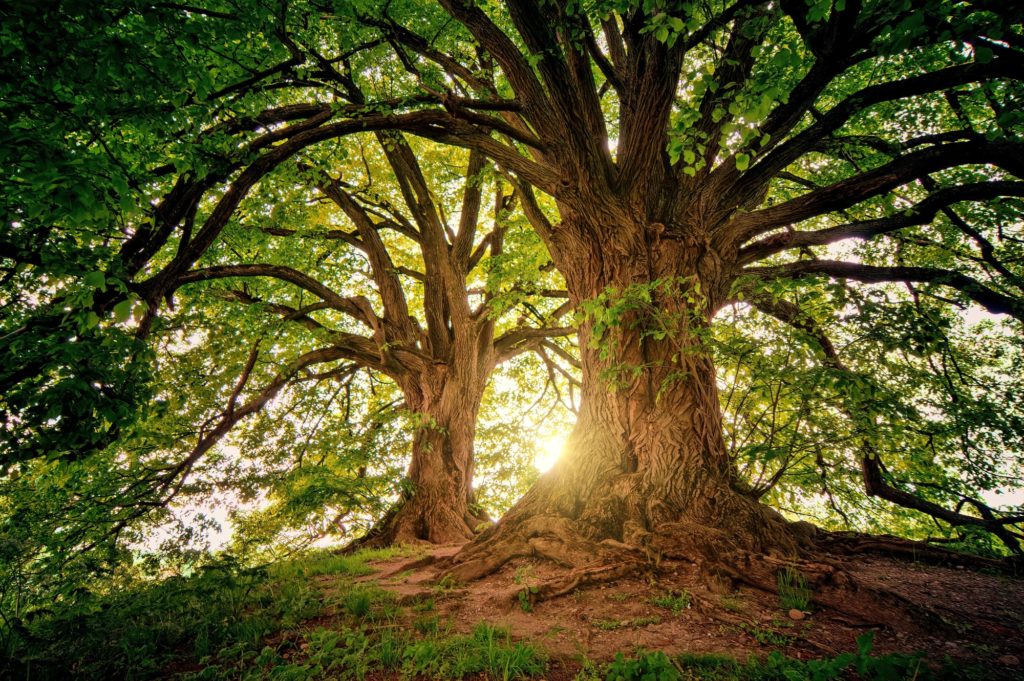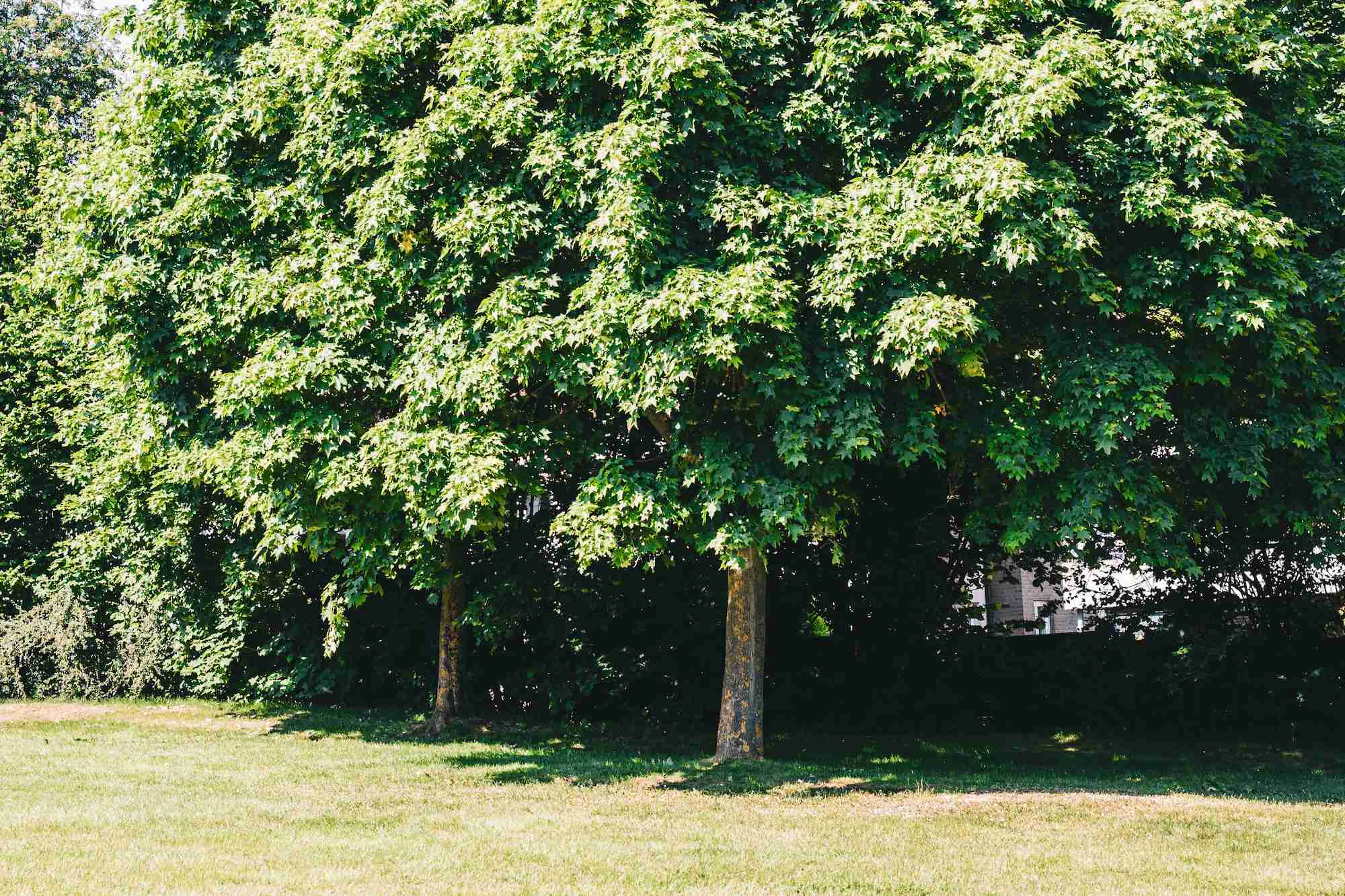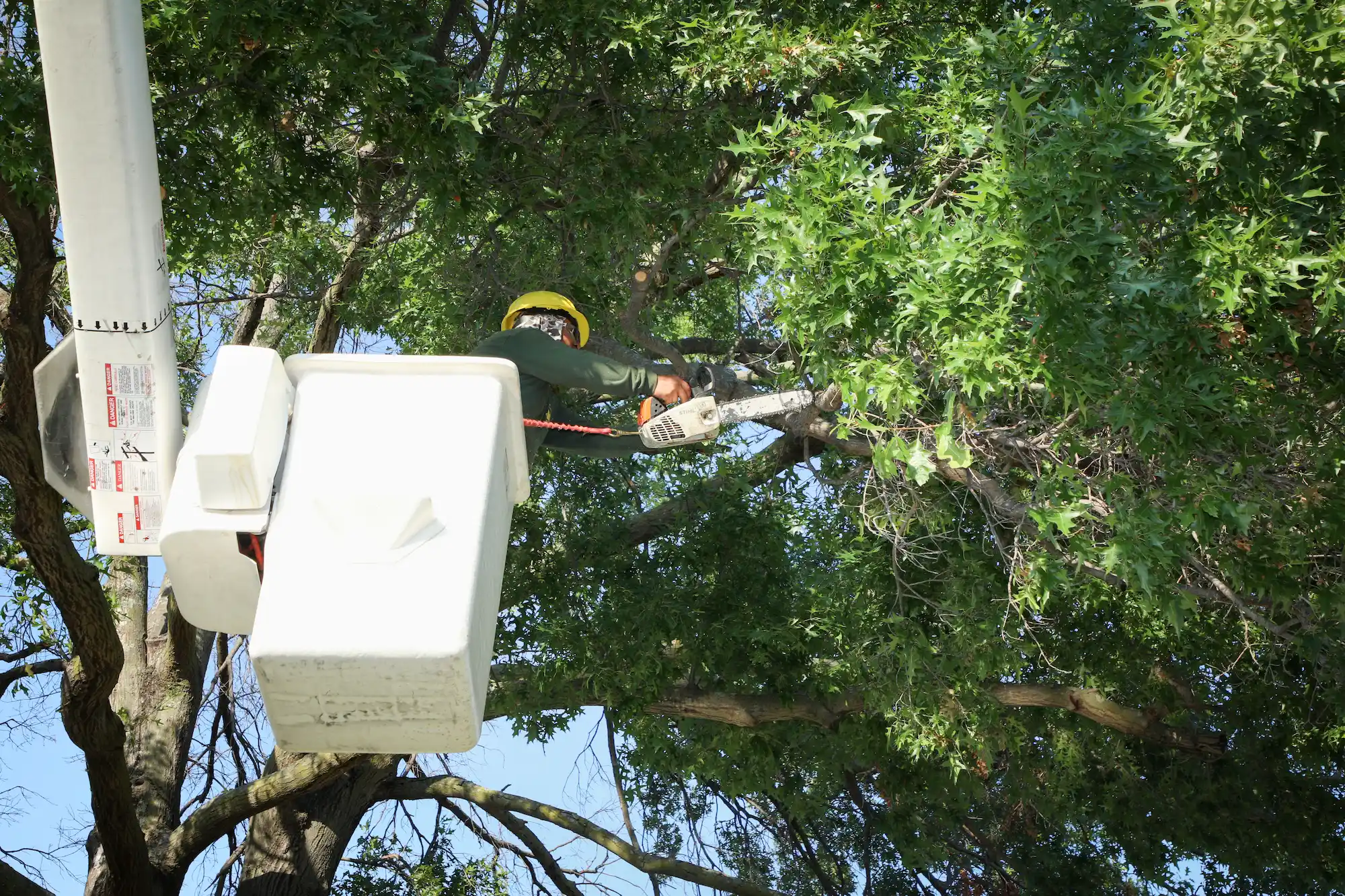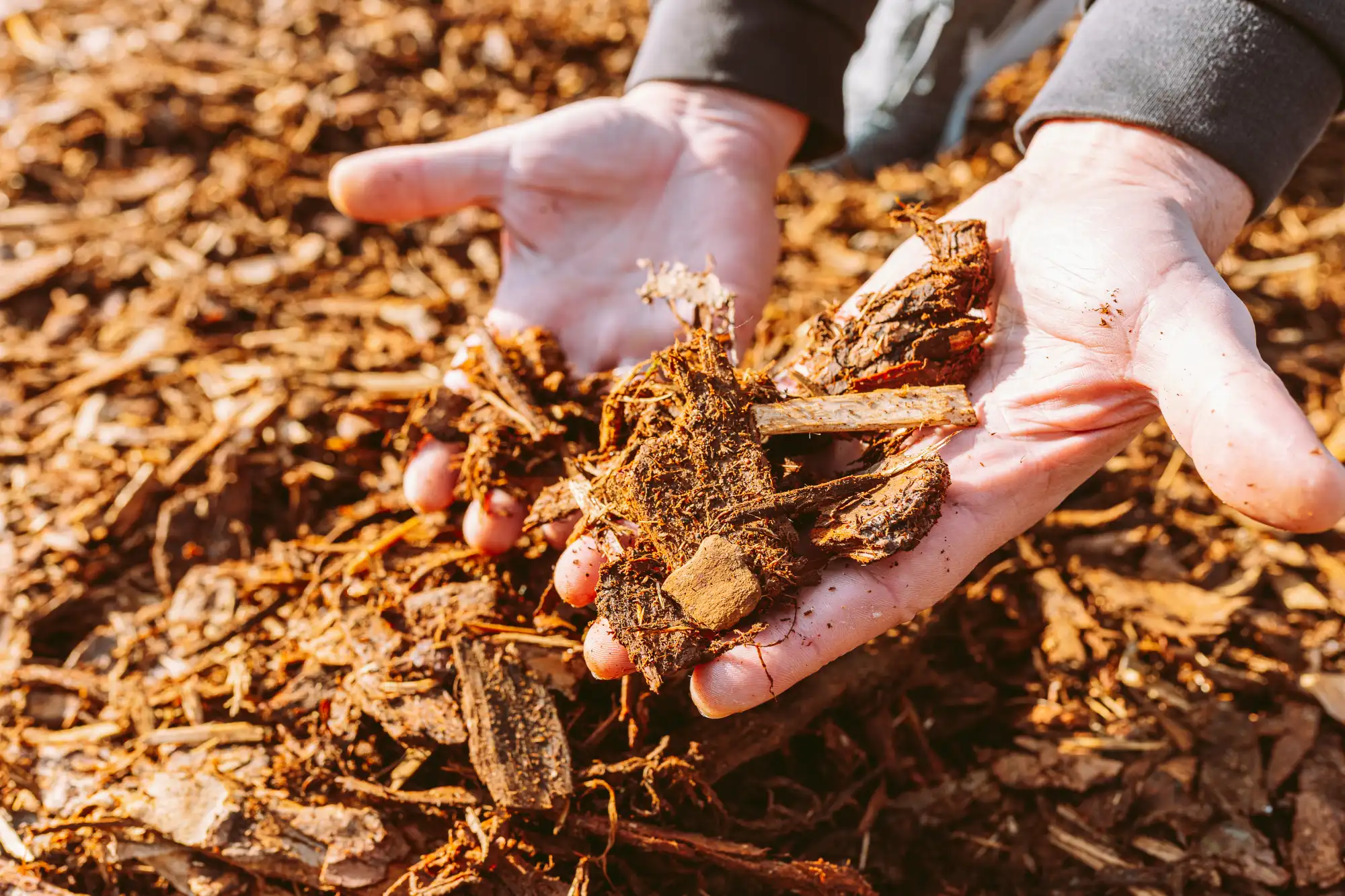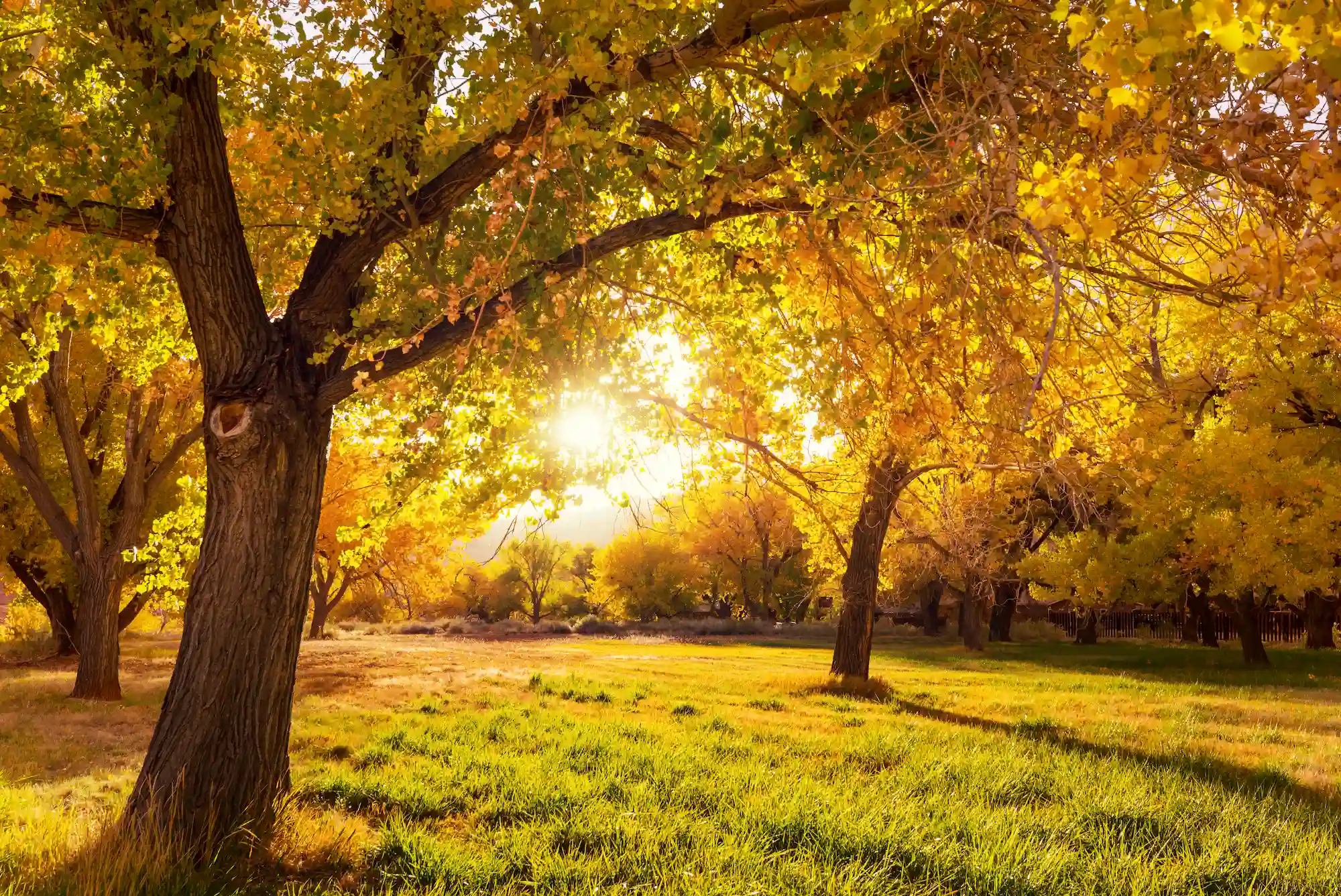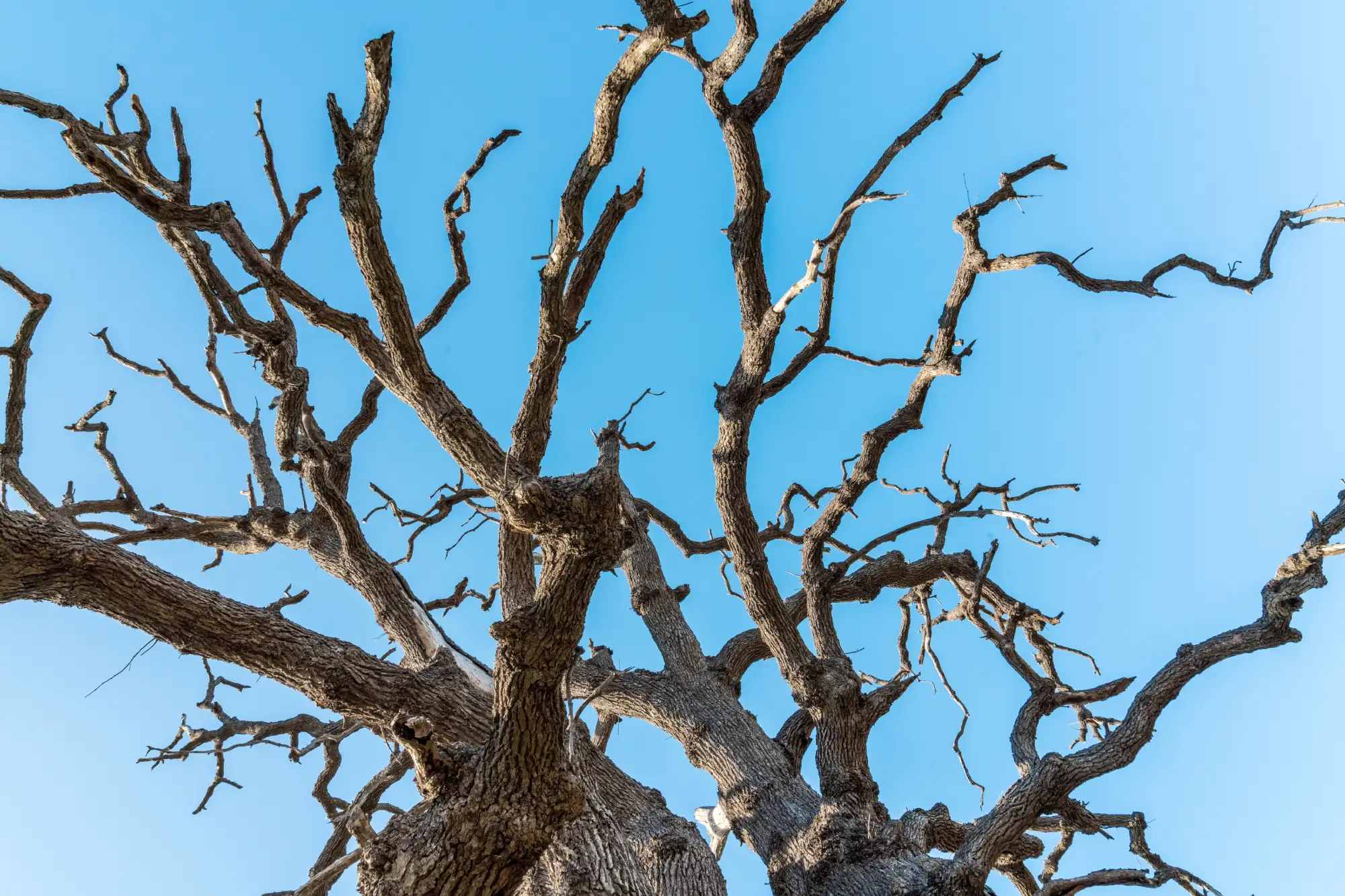Do you admire a beautiful tree in your garden every day but can’t put a name to it? Or maybe there’s a tree that’s looking a bit frail, but you don’t know how to go about reviving it.
Understanding the type of tree, or trees, that you have in your garden is important for your own pleasure and to properly care for your garden. There are over 60,000 species of trees in the world. But don’t let that overwhelm you.
There are some easy steps to identifying trees and soon it will become like second nature. Keep reading to learn how to identify trees.
1. Start With the Leaves and Flowers
The leaves of trees can be broken down into three broad categories: needles, scales, and broadleaf. Once you’ve identified which category the leaf falls into, you should recognize the shape, appearance, texture, and color.
By observing the leaves you can determine whether the tree is coniferous or deciduous. Coniferous trees will have pine cones, needles, or scaly leaves that are present the entire year. Deciduous leaves usually have broadleaves that fall off the tree in Fall.
This is the first step to identification, but there are some exceptions. Such as trees that have evergreen leaves that are not needles.
Leaves will also give you information about whether your tree is alive, or unhealthy.
The Shape of the Leaf
Some trees have a specific and recognizable leaf shape, such as the oak tree or the ginkgo tree. Look at some tree identification pictures as a comparison guide to help you.
Flowers
Are there any flowers on the tree? If flowers are present, this can be a really distinctive way to identify trees. For example, magnolia trees are easily recognizable by their blossoms.
Observe the Bark
Sometimes there are no leaves for you to identify, but that’s no problem. There are stories held in the bark of trees — including their names!
Bark all looks the same unless you take a closer look. Closely examine the appearance, texture, markings, and color. Things to look out for are patterns. You may see deep ridges on the surface of the bark or peeling flakes. Other trees such as sycamores have smooth or shiny bark.
Now take a close look at the color — is it the color of cinnamon such as is found on a mulberry tree? You’ll easily spot the multicolored bark of a rainbow eucalyptus tree.
Some trees, such as the European buckthorn, have characteristic bark that makes them easily recognizable. Look out for defining features such as an unusual pattern or markings.
Take in the Entire Appearance
Take a couple of steps back, you’re probably getting tunnel vision at this point inspecting the leaves and bark. Look at the overall appearance of the tree, it’s size and shape. Weeping willows have drooping branches, while silver birches are narrow in shape. Are there layered branches of a mature cedar?
What Type of Tree Do You Have?
Are you feeling equipped with the knowledge you need to identify the type of tree in your garden? Once you become familiar with certain characteristics of common trees, you’ll be identifying them wherever you go!
If you need any help pruning, removing, or evaluating the trees in your yard, contact Green Pine Tree Service. Our expert team is here to help you with all your tree needs.



